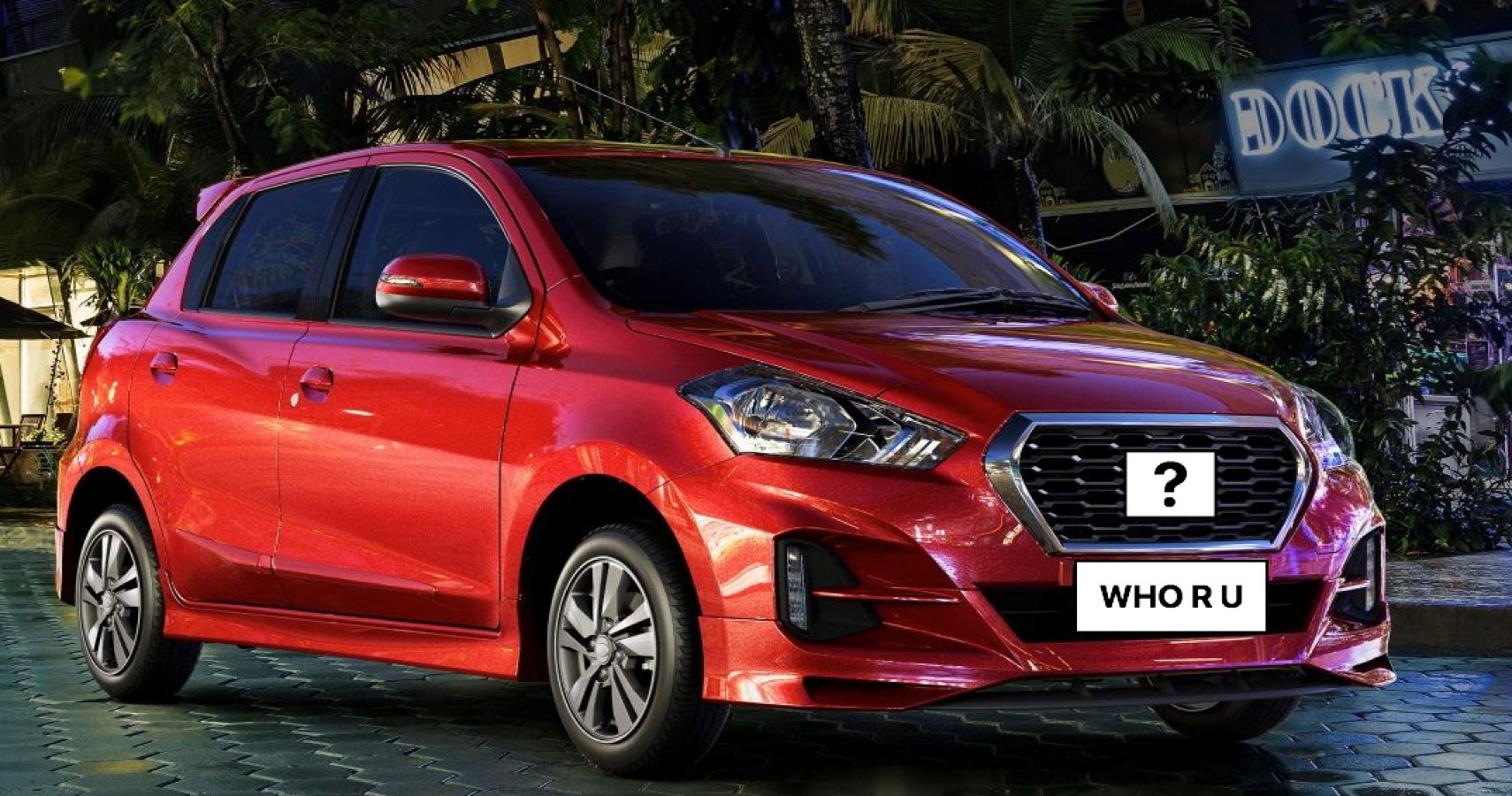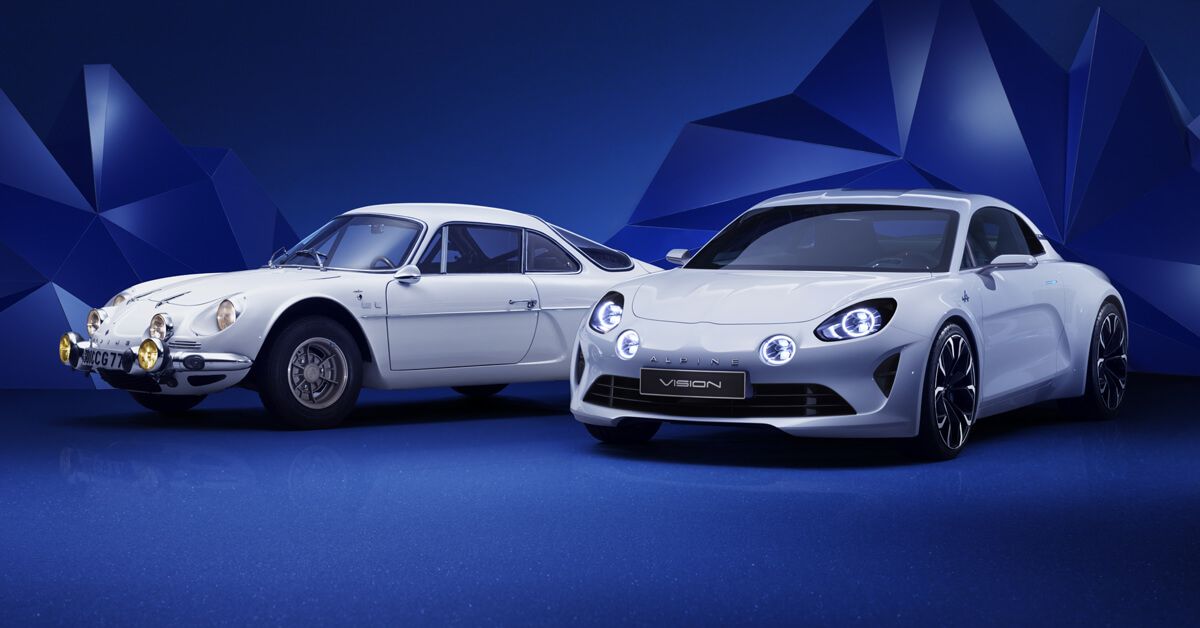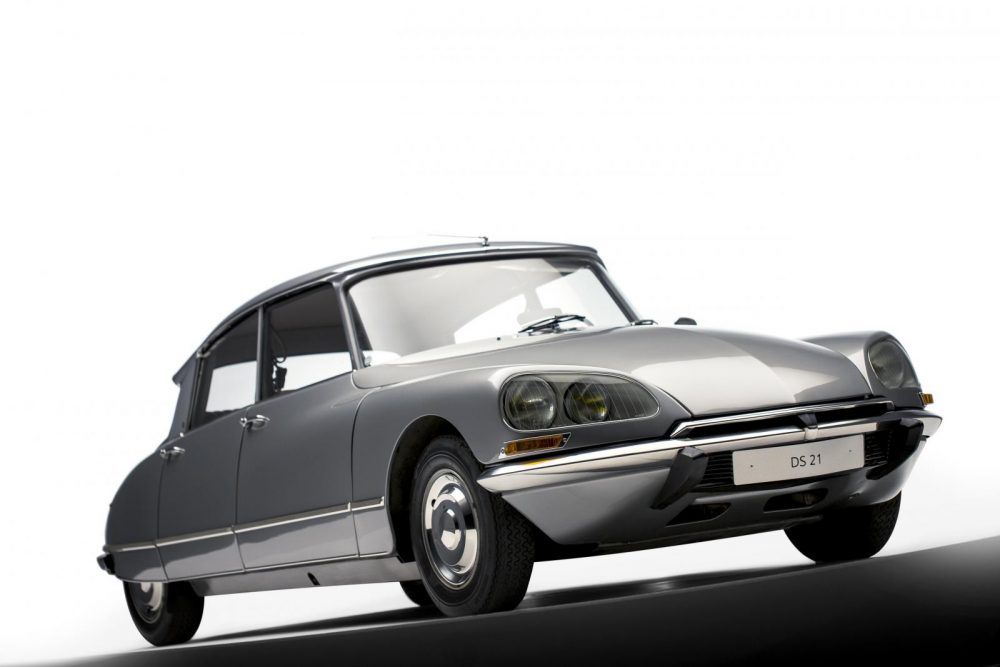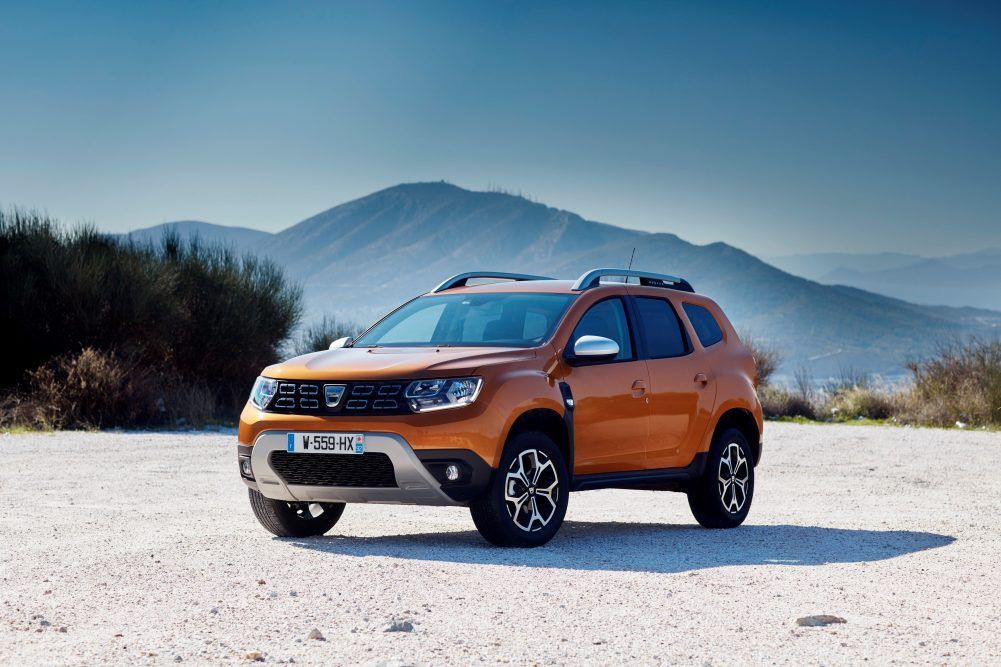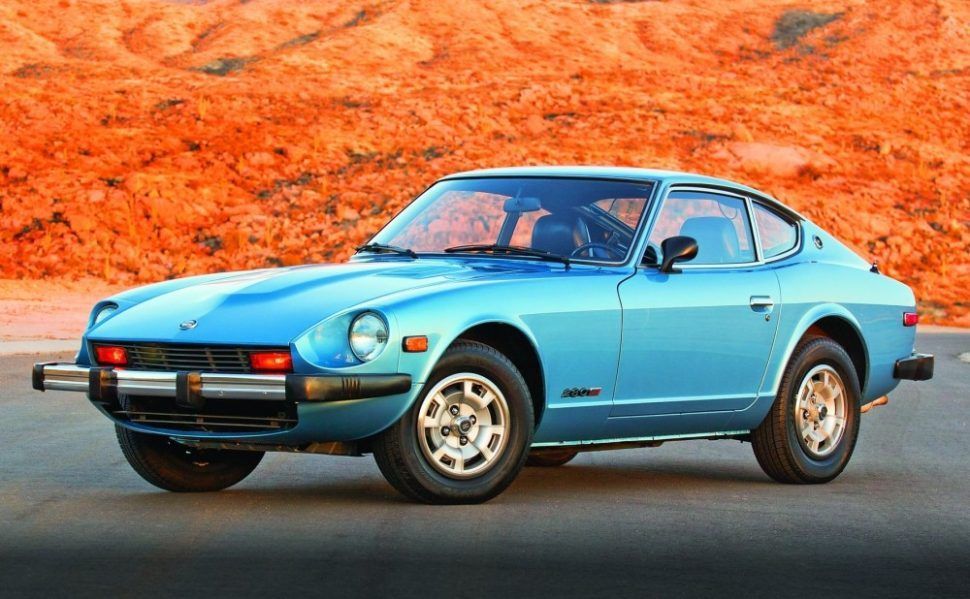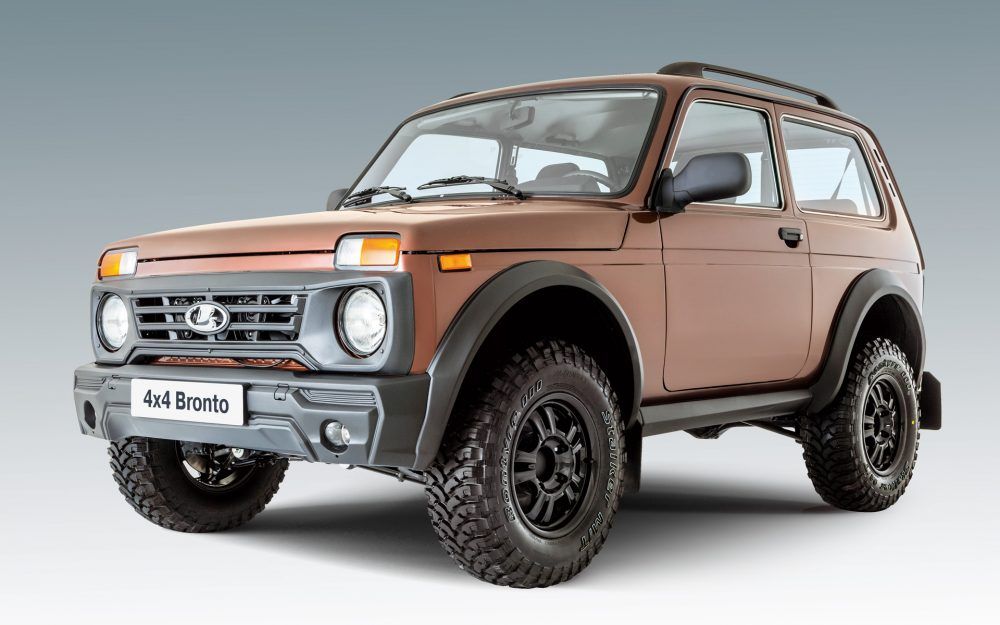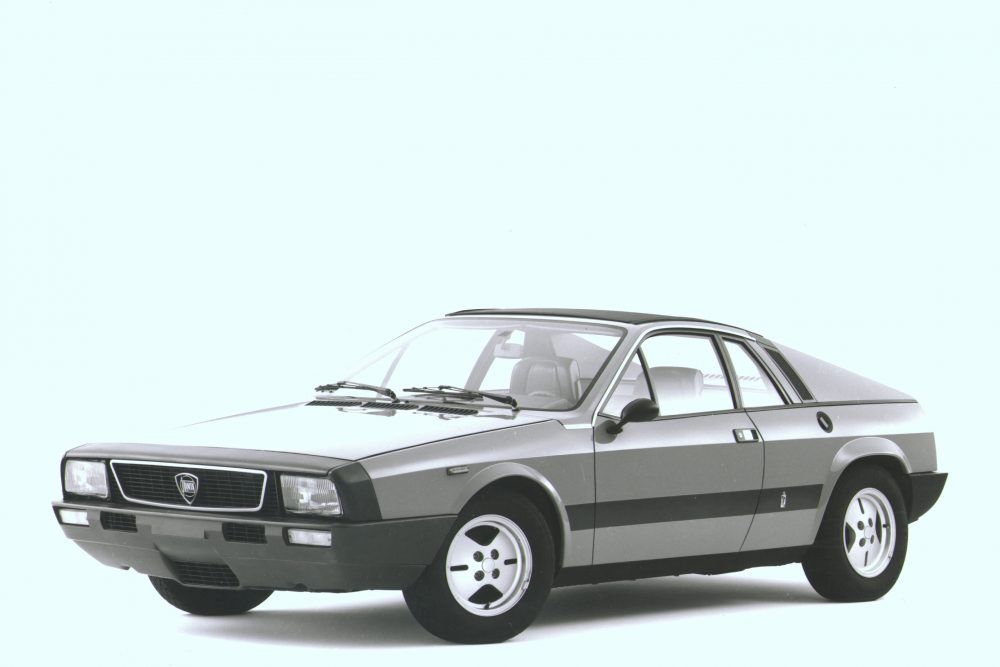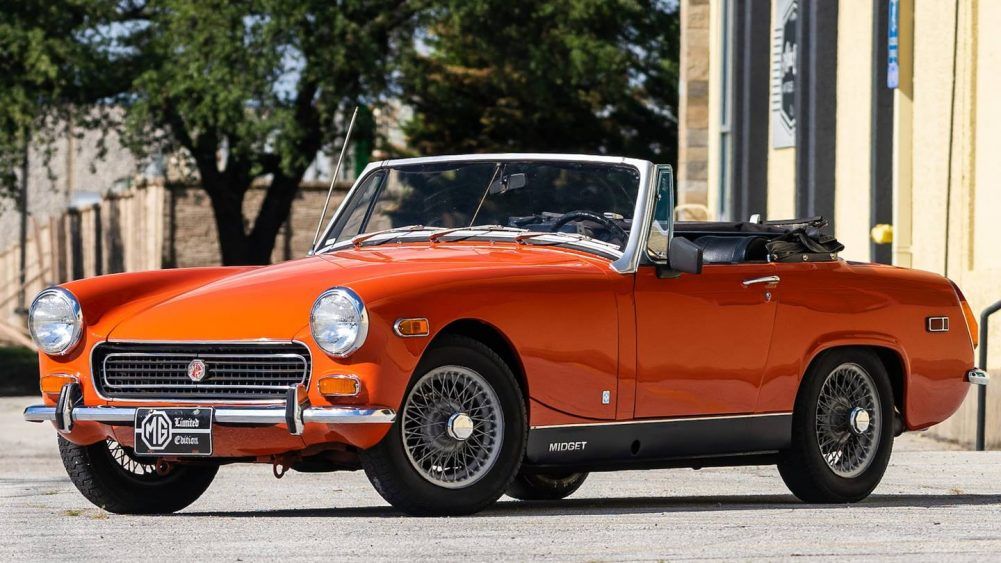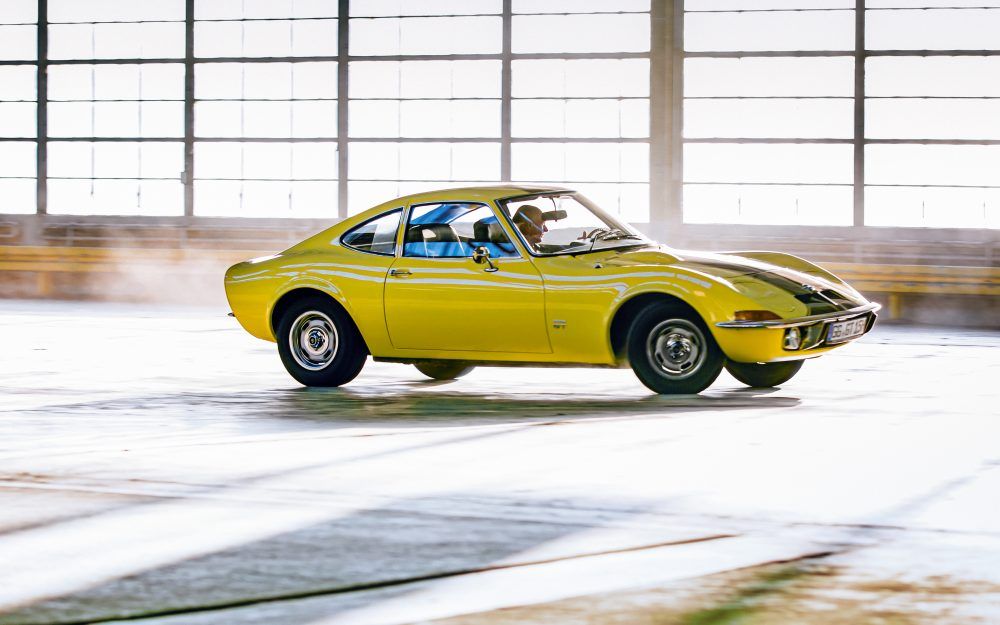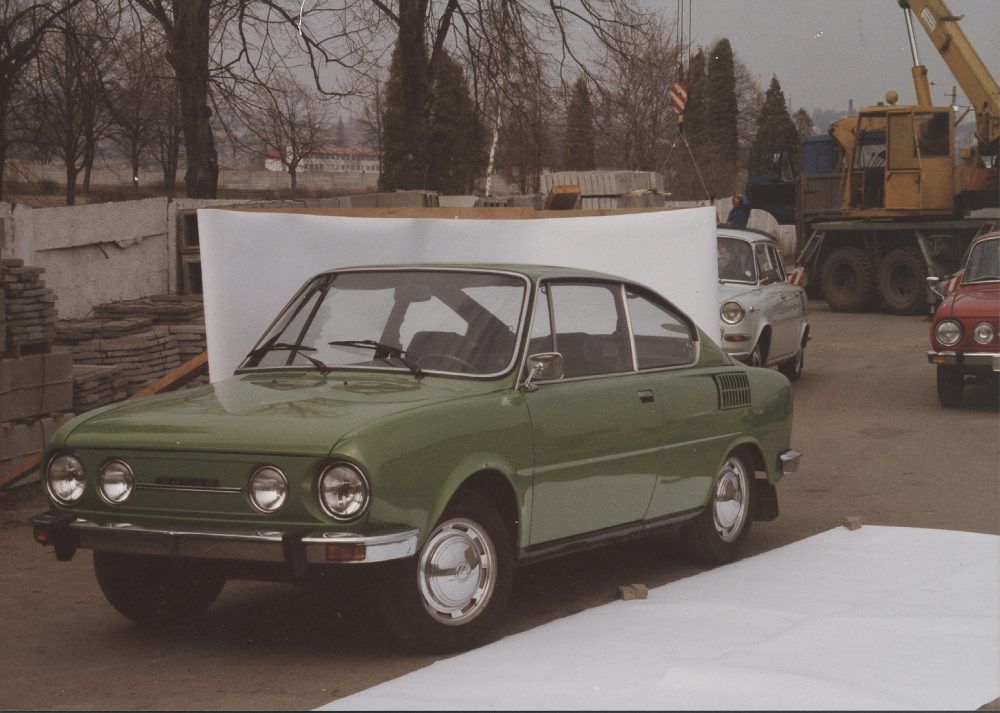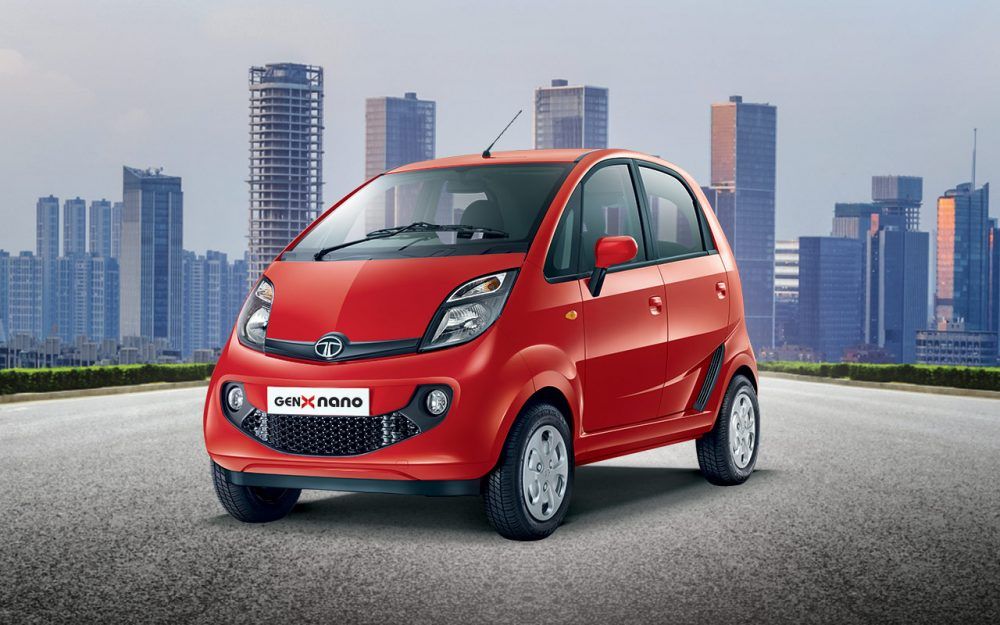When it comes to consumer goods, people in the U.S. are spoiled for choice. For instance, walk into a grocery store and count the varieties of apples or check out the hundreds of footwear options at your local shoe store. It can be the same for car shoppers who can select their next ride from just about every conceivable make, from Acura to Volvo.
The key phrase here is “just about,” because a number of automotive brands are not currently sold in the population centers of North America. Some pulled out of the American market, and some have never been there… but all of the makes on this list are interesting and may leave you wondering what you’re missing.
10 Alpine
Alpine is first on our list alphabetically, and it’s darn near the top in terms of amazing-ness, too. Found in the 1950s by a race driver for Renault, this French company dedicated itself solely to performance cars and purpose-built racers. The A110 Berlinette is a classic of European design, and Alpine’s competition history is filled with World Rally Championship titles.
Renault bought Alpine in the 1970s and discontinued the brand in 1995 but revived it in 2017 with a new-tech, retro-styled version of its iconic A110. It’s available in Europe, Japan, and Australia.
9 Citroën
Any car company would love to be associated with one “iconic” vehicle. The French carmaker Citroën has two; the tiny 2CV “people’s car” built virtually unchanged from 1948 to 1990 and still in use around the world, and the elegant and futuristic DS that pioneered many features still optional on modern vehicles. Its current lineup may not be as innovative as those historic models, but its cars and SUVs are still distinctive.
Now a sister company to Peugeot, Citroën’s been around for 100 years, but it hasn’t sold cars in the U.S. since the 1970s.
8 Dacia
If you or your children are familiar with the video game PlayerUnknown's Battlegrounds—or, as they probably call it, PUBG—they’ve heard of the Dacia. Players can commandeer, shoot at, crash, and blow up little Dacia sedans as they try to kill opponents across various landscapes.
Dacia was founded in Romania in the 1960s with an agreement to build Renault sedans under license. The French company took over Dacia in 2003, and now it’s best known for the attractive Duster crossover SUV that wears Dacia and Renault badges in multiple markets around the world.
7 Datsun
“Datsun,” of course, is the brand name Japan’s Nissan Motor Company adopted for its cars back in the 60s. In the U.S., the Datsun name was attached to everything from the economical and stylish 510 sedans to the 620 “Li’l Hustler” pickup to the baddest Datsun of all, the iconic 240/260/280Z sports coupe.
Nissan phased out the “Datsun” name in the mid-80s but has recently re-launched it as a “value” brand, selling small sedans, hatchbacks, and crossovers to India, Indonesia, Russia, and other “emerging” markets.
6 Lada
It’d be easy to see Lada on this list and assume that the definition of “amazing” is being stretched. However, one model makes this Russian brand, whose owner is majority-controlled by Renault, amazing: the groundbreaking 4X4. It was first introduced in the mid-70s as the Lada Niva (“niva” means “farm” in Russian), and virtually unchanged ever since.
There’s a good reason for that: it’s one of the first true SUVs. The manufacturer has a bulletproof reputation for reliability and off-road capability in relative comfort. Also, it’s dirt cheap, with a base price in Russia that’s equivalent to about $8,700 USD. No wonder it’s the most popular Russian car ever built.
5 Lancia
When Dean Jones took his magical Volkswagen to Europe in the 1977 Disney car classic Herbie Goes To Monte Carlo, the competitor Herbie fell in love with was a Lancia Beta Scorpion (Montecarlo in Europe). And who could blame him? Lancia has a decades-long legacy of selling chic, stylish cars with comfortable accommodations… and, in the case of the Stratos and Delta, world-champion rally performance.
Lancia left North America in 1982. Now part of the Fiat Chrysler empire, Lancia sells virtually nothing outside Italy … and after briefly selling a rebadged Chrysler 300C as the Thema, it now offers only the Fiat 500-based Ypsilon supermini.
4 MG
Zippy two-seat convertibles like the MG T-series of the 50s and the later MGB and Midget helped create the modern sports car market in the U.S. But, in 1980, a combination of home-market economic challenges and the rising cost of American regulation forced then-owner British Leyland to close MG.
This is what MGs look like now. Owned by China’s SAIC for more than a decade, the brand sells sport-themed hatchbacks and crossovers in dozens of countries, with limited availability in Central America.
3 Opel
Opel spent most of its life as General Motors’ main beachhead in continental Europe. It’s best known in the U.S. for funneling compact cars through Buick dealers for much of the 60s and 70s, but it broke out of its econobox mold in the late 1960s with the sleek and sporty GT coupe. There’s still a robust online community of GT owners dedicated to preserving the quirky two-seater often referred to as the “baby Corvette.”
The last Opel-badged car in the U.S. was sold in 1980. Opel is now owned by Peugeot’s parent company PSA, and, while Peugeot has said it intends to re-enter the U.S. market, it’s not expected to be with the Opel brand.
2 Skoda
The Czech Republic’s favorite car company is amazing because of its ability to survive and innovate, even during the oppression brought on during and after the “Prague Spring” uprising in the 60s. Instead of slapping together license-built Fiats for the proletariat, Skoda brought out rear-engine cars with personality and style, including 1970’s 110R coupe.
And in 1987, two years before the fall of the Berlin Wall, Skoda worked with Porsche and the famed design house Bertone to introduce the Favorit, its first front-engine, front-wheel drive hatchback. The success of the Favorit convinced VW to buy the company; it now offers a full line of cars based on VW’s modular architecture.
1 Tata
All of the companies on this list are focused on automobile production, but India’s Tata is to South Asia what GM once was to the U.S., as it has interests in aerospace, telecommunications, hospitality, and even food and beverages.
In 2008, Tata made news worldwide with the introduction of the Nano minicar, designed to be built inexpensively and sold for the equivalent of $2,500 U.S. dollars. However, Tata may be best known in the automotive world as the owners of the iconic British makes Jaguar and Land Rover, which it purchased from Ford in 2008.

